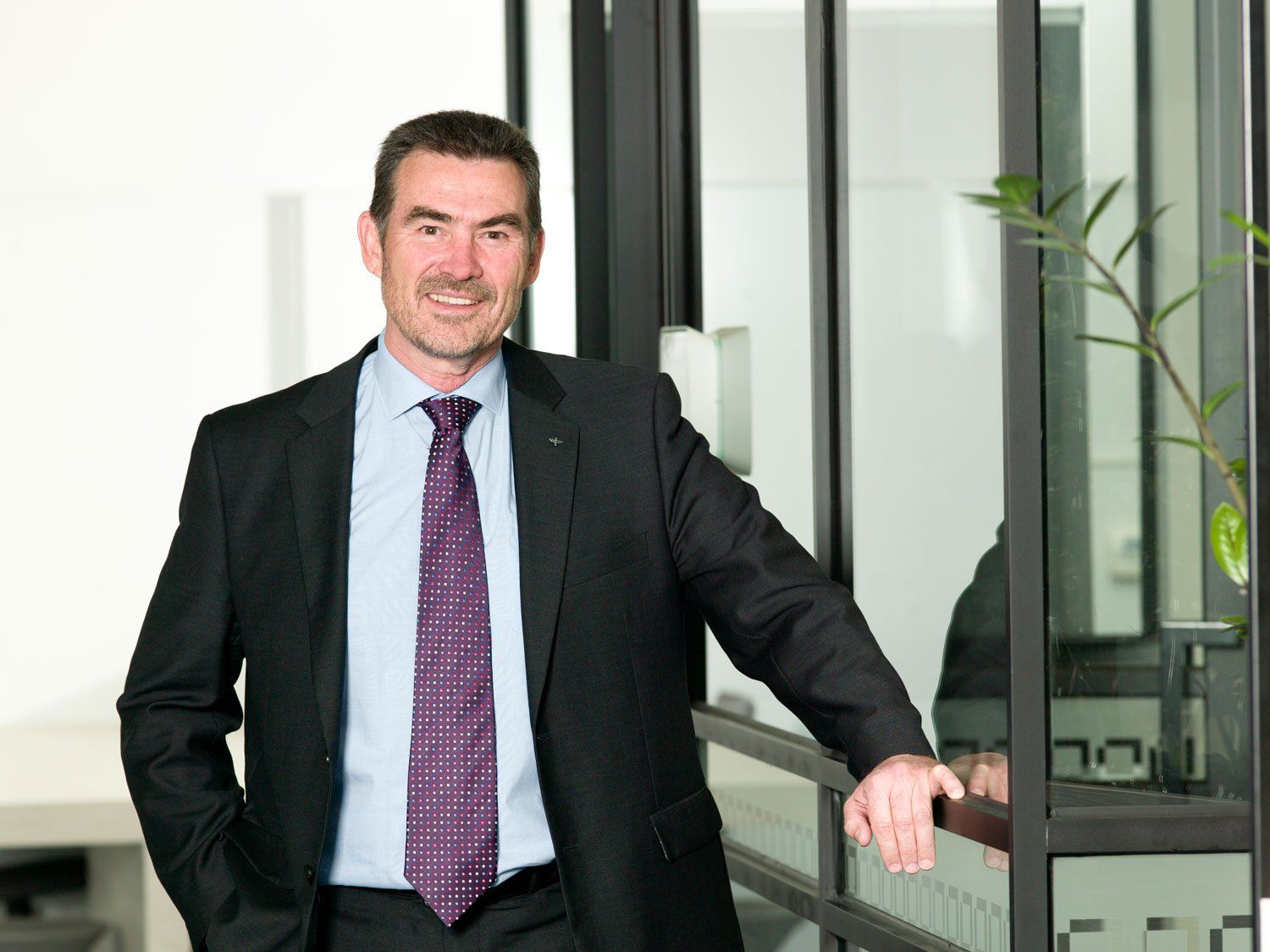The Information Age Meets The Golden Years
1MG spoke with Peter Fuller, Managing Director of Micro Focus Australia and New Zealand, about what the IT industry is doing in digitalization of Australia’s aged care sector.
When the tsunami of COVID-19 crashed, uninvited, onto Australia’s shores, industries of all stripes were swept up in its destructive wake. But in the subsequent months, few were confronted with the same literal life-or-death stakes as the aged care sector, whose raison d'être is to look after those Australians who are most vulnerable to the virus.
Readers will know that some providers rose to the challenge better than others, and that troubling issues in the for-profit segment are coming to light under the glare of the Royal Commission into Aged Care, forcing an overdue reckoning for those private operators that have not been toeing the line.
It’ll be a shame if the ensuing reputational damage tars the industry at large, because good-news aged care stories do exist, if you know where to find them. One is how the technology and IT industries are helping aged care facilities through the COVID crisis, and, more broadly, how leaders from those cutting-edge fields are increasingly helping to shape a brighter future in which technology will improve older Australians’ quality of life.
A case in point is MannaCare, a not-for-profit aged care facility headquartered in Doncaster, in Melbourne’s north-east. The largely government-funded organisation is owned by the Manningham community and steered by a board of seasoned corporate leaders from diverse fields. Commendably, the board works pro bono, and it bases its decisions on a set of humanistic values rather than the profit motive.
MannaCare can accommodate around 150 live-in residents in its two residential facilities (one is for those who are mobile but require assisted living, the other for those with dementia and other high-care residents). All residents are cared for by a staff of highly trained nurses and carers with supplementary support provided by an energetic squad of local volunteers. The organisation also provides a range of vital at-home and other services for hundreds of locals who require them. The costs of private aged care remain high for many Australians, and a key pillar of MannaCare’s philosophy is to provide high-quality care for those who need it, rather than those who can afford it.
Among the silver linings of COVID (squint hard, and you’ll see them) is the growing realisation that, while the in-person element will always be indispensable, high-quality aged care does not always need to occur face-to-face – and that emerging technologies have the potential to revolutionise the field. Mannacare – whose board of directors includes IT industry captains Peter Fuller, of the software giant Micro Focus, and Mark McNamara, an expert in digital transformation – is fully embracing those transformative ideas.
So what are the current and potential future applications of tech in the evolving aged care ecosystem? Peter Fuller says, “For now, at MannaCare, they include residents being able to meet remotely with their GPs and specialists, as well as socialise with families and friends, through video applications (crucial during Melbourne’s 2020 lockdowns); access to video-on-demand and pay TV services; and the use of tablets and other smart devices in the rehabilitation of people with disabilities.”
At-home care is a growing part of the industry’s big picture, and here, the possibilities that tech opens up are almost endless. As Fuller says, they include “wearable tech that can measure an individual’s heartrate and other vital signs, including blood pressure (going far beyond the old ‘panic button’, which has to be physically pressed); motion pressure detectors that can perceive falls; and tech that can remind people to take their medications in ways a plastic pill box never could. The Internet of Things (IoT) will open up a whole new world of once unthinkable possibilities; suppose, for example, that pill box could record whether its lids had been opened each day and alert the user if they hadn’t.”
The IT industry has in recent years had a collective epiphany: that it can create social as well as corporate value in a range of areas – healthcare, disability services and aged care, for example – and it’s already directing significant intellectual capital towards that end.
“Of course, industry can’t do it alone,” Fuller notes. “Getting high-speed, cost-effective, reliable internet into more aged care facilities is crucial to improving residents’ lives, and government is the key player in that area. Government can also help by improving the regulatory and funding landscape to speed the development of cheaper and simpler-to-use smart devices.”
Fuller continues: “Tech will never fully replace the human element of aged care – a volunteer’s warm smile or a nurse’s thoughtful gesture can achieve what even the smartest device cannot. But tech can be – and already is – a valuable supplement to the existing infrastructure.”
MannaCare’s use of technology in its operations, its strong leadership structure and its sense of social mission are good news for Australia’s ageing population – and point to a better way forward for the industry as a whole.
This article is taken from the recently published digital book
Australia's Nobel Laureates Vol III State of our Innovation Nation: 2021 and Beyond











